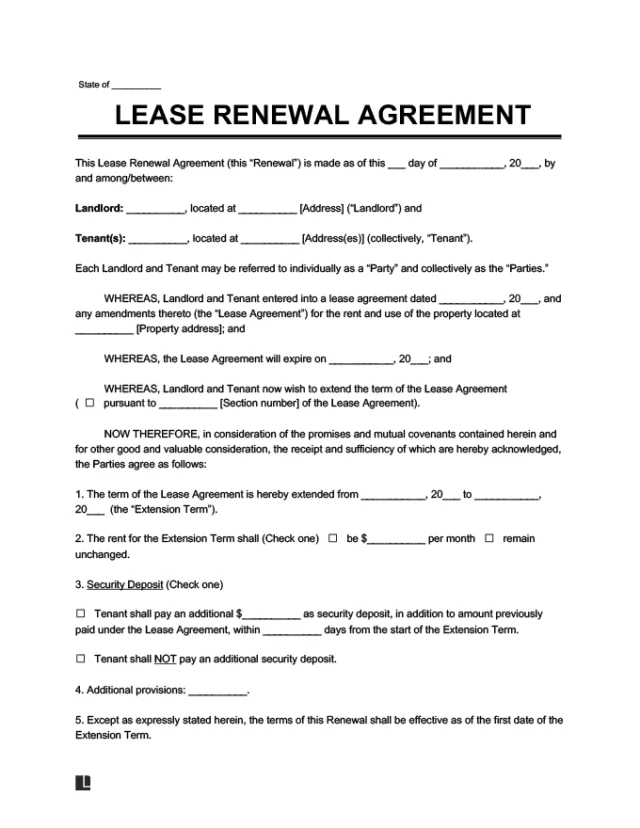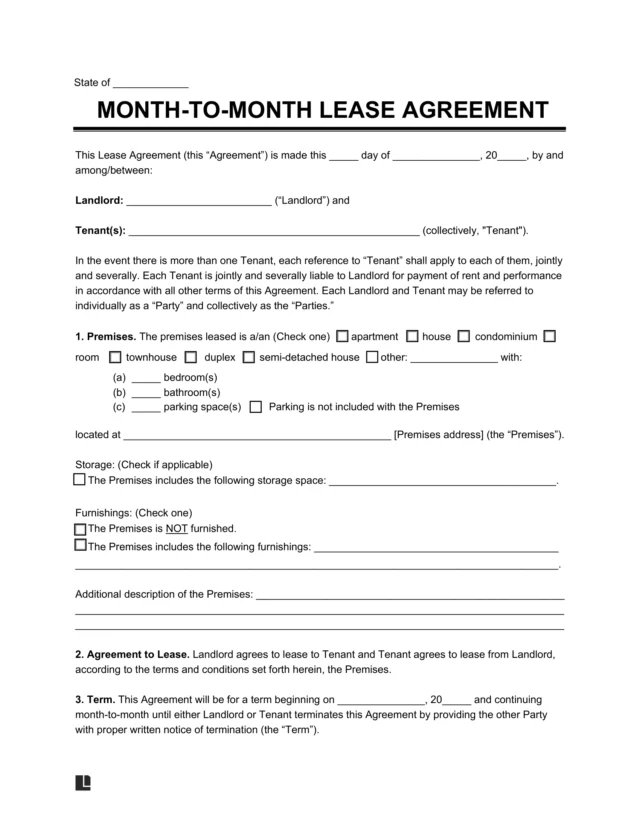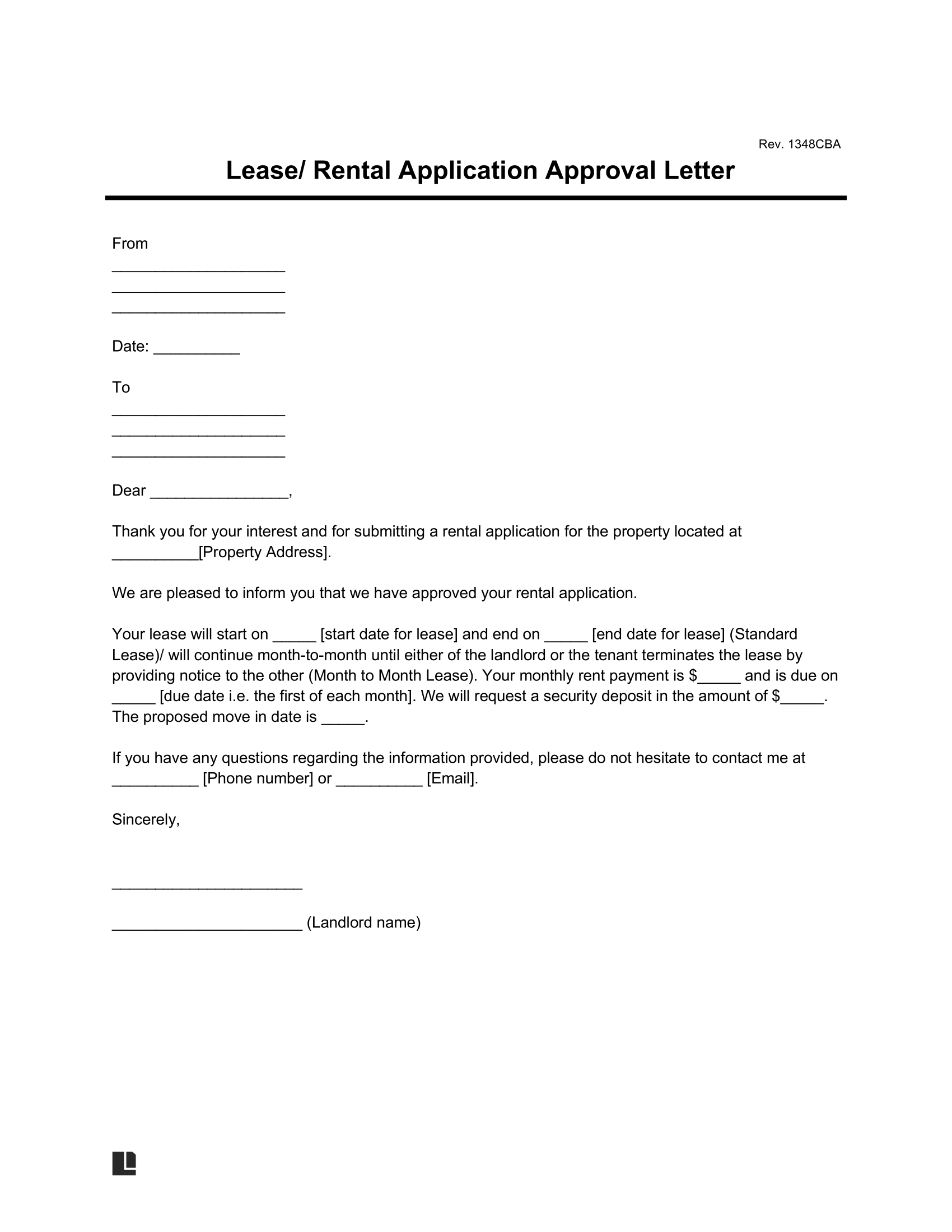What Is a Rental Approval Letter?
A rental application approval letter is a written notice from a landlord confirming that a tenant has been approved for a property. It comes before the lease signing and serves as confirmation, not the lease itself.
Instead of relying on a quick phone call or verbal approval, landlords use this letter to give applicants a clear and professional notice. It sets expectations and guides tenants on their next steps.
Providing the same written notice to every tenant also shows consistent and fair treatment. It creates a clear record and helps prevent any claims of unfairness or bias.
How the Rental Application Approval Process Works
When a tenant applies for a rental, landlords run several checks. These typically include:
- Credit report to see payment history.
- Proof of income to confirm the tenant can afford the rent.
- Rental history to review past leases.
- References from employers or former landlords.
- Criminal background checks are required in some cases, depending on local rules.
The process typically moves quickly, with most applications reviewed in 24 to 72 hours. However, the exact timing depends on the landlord’s criteria and how many applications they’re handling.
Landlords need to follow fair housing laws when checking a tenant’s background. The Fair Housing Act and many state or local rules ban discrimination, and some states even protect tenants based on their source of income. Landlords also have to make reasonable accommodations for tenants with disabilities. These rules are in place to keep the process fair for everyone.
Handle Sensitive Data Carefully
Landlords are required to safely dispose of sensitive data from credit or background checks. Under the FTC Disposal Rule, that means shredding, burning, or securely deleting records to protect applicant privacy.
What to Include in a Rental Application Approval Letter
A rental application approval letter should be clear and easy to follow. Start with the tenant’s full name and the property address so there’s no confusion about who the approval is for. Then, include a simple statement confirming their approval. From there, outline the key terms of the rental. Make sure to include:
- Rent amount and lease start date
- Lease type, whether it’s a standard lease or a month-to-month
- Security deposit amount and when it’s due (at signing or before move-in, based on state and local rules)
- Length of lease or renewal terms, if known
- Utilities or services included in the rent (if any)
Once those details are covered, guide the tenant on the next steps. Let them know they’ll need to sign the lease, provide identification, and pay the deposit to secure the property.
Keep the tone neutral and professional from start to finish. A rental application approval letter should only confirm details that appear in the lease. By keeping the information consistent, both landlord and tenant move forward with the same expectations.
Sample Rental Application Approval Letter
Use this rental application approval letter sample as a starting point. Download it in Word or PDF and adjust it to fit your rental.







